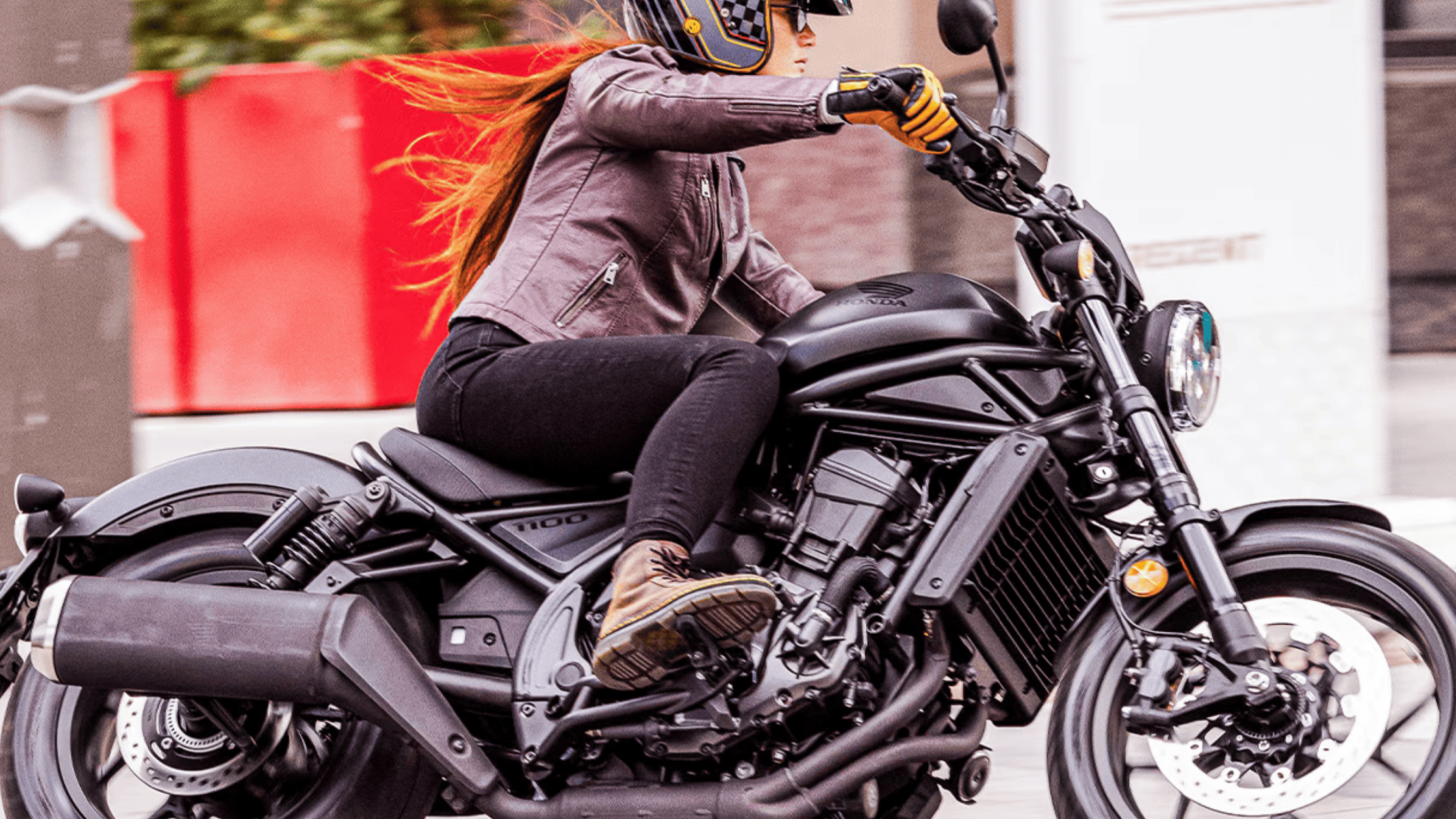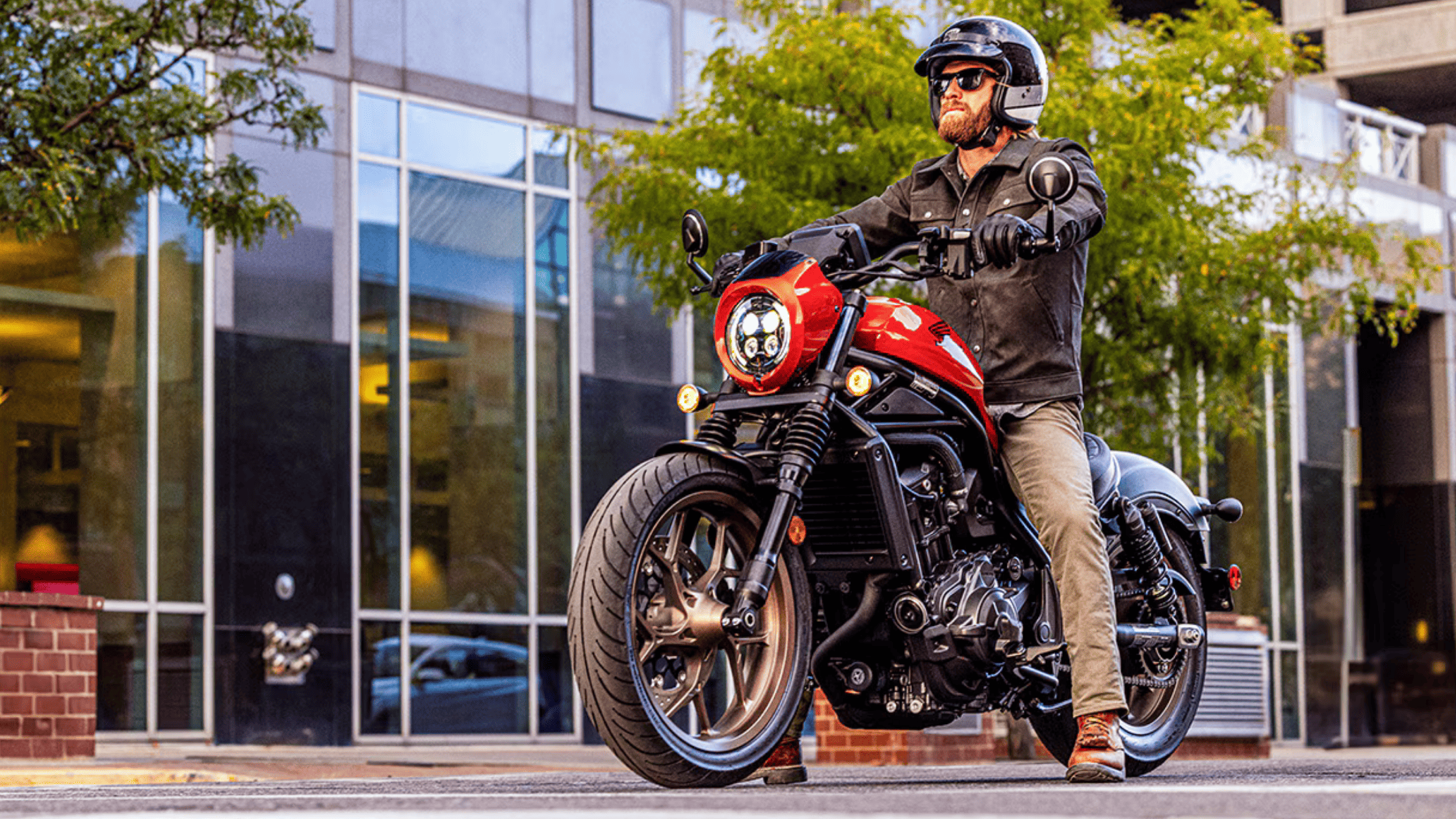The 2025 Honda Rebel 1100 DCT SE introduces a refined iteration of the Honda Rebel 1100 lineup, combining the cruiser’s traditional form with sophisticated mechanical and electronic systems. This model incorporates a range of enhancements designed to improve rider comfort, control, and connectivity while maintaining the straightforward functionality expected in a modern cruiser motorcycle. The 2025 Honda Rebel 1100 DCT SE builds on a platform designed for diverse riding conditions and adapts several high-performance features for a smooth and efficient ride.
Engine Performance and Mechanical Design
The engine in the 2025 Honda Rebel 1100 DCT SE is a liquid-cooled parallel-twin with a displacement of 1,083cc. This unit is adapted from Honda’s Africa Twin adventure motorcycle but recalibrated to suit cruiser characteristics. The engine employs a 270-degree crankshaft to provide an uneven firing interval, which produces a distinct pulsing feel during low engine speeds. The valvetrain uses a Unicam® single-overhead camshaft configuration, a design borrowed from Honda’s high-performance motocross engines.
The lubrication system is a dry-sump design, which incorporates the oil tank within the crankcase. The placement of heavier engine components towards the rear further contributes to mass centralization, improving handling stability and cornering capability.
Dual Clutch Transmission: Precision in Gear Shifting
The 2025 Honda Rebel 1100 DCT SE features Honda’s six-speed Dual Clutch Transmission, an automated gearbox with no clutch lever or foot-operated shifter. This transmission system uses two coaxial main shafts and two clutches, one dedicated to odd-numbered gears and the other to even-numbered gears.
The transmission operates fully automatically but includes a manual mode controlled by buttons on the left handlebar. This manual override permits the rider to upshift or downshift when desired, including the ability to induce engine braking. If the rider does not input manual commands for several seconds, the system returns to automatic mode. The system processes sensor data through the ECU to time gear changes optimally based on riding conditions.

Frame and Ergonomics: Rider-Centered Design Adjustments
The 2025 Honda Rebel 1100 DCT SE retains the steel tubular frame with a narrow and curved profile that supports the overall cruiser aesthetic while prioritizing functionality. The main frame tube has a diameter of 35 millimeters, contributing to the bike’s structural integrity without excessive bulk. The fuel tank has a capacity of 3.6 gallons, including a 1.1-gallon reserve, which supports touring needs without frequent refueling stops.
The seat cushion thickness has increased by 10 millimeters to improve comfort on longer rides. The handlebar position has been shifted 12 millimeters higher and 28 millimeters back. Footpegs have moved 50 millimeters forward. The seat height remains low at 27.5 inches, enabling riders to place both feet firmly on the ground when stationary. The front section of the seat is narrow, assisting foot reach and maintaining rider stability during stops and acceleration.
The seat cover is unique to the 2025 Honda Rebel 1100 DCT SE, enhancing its distinct appearance. The seat is removable, revealing a 3-liter storage compartment beneath. A 3-amp USB-C socket is integrated in this space, facilitating smartphone charging or powering electronic devices.
Lighting and Instrumentation: Functional and Modern
The lighting system includes a 6.9-inch diameter headlight with four direct-emitting LED bulbs. LED turn signals measure 2.1 inches in diameter and feature light-guiding rings that serve as position lights while improving visibility. The rear taillight uses a thin oval LED design that aligns with the bike’s cruiser style. The license plate is illuminated by a small LED light.
Instrumentation consists of an offset-mounted, round multi-function meter with a 4.7-inch LCD screen. The gauge emulates the appearance of an analog dial while providing digital data including speedometer, tachometer, trip meter, cruise control status, and transmission information. A visor over the meter reduces glare, improving screen readability under bright conditions.
Rider Assistance and Electronic Controls
The 2025 Honda Rebel 1100 DCT SE integrates several electronic rider aids uncommon in the cruiser segment. The throttle-by-wire system enables Honda Selectable Torque Control (HSTC), which manages rear wheel slip during acceleration and cornering by adjusting engine torque. This system includes Wheelie Control, which limits front wheel lift by detecting the relative speeds of front and rear wheels and reducing torque when a wheelie is detected.
The motorcycle offers three preset riding modes. Standard mode provides balanced power, traction control, engine braking, and shift timing suited for everyday riding. Sport mode delivers increased power responsiveness, reduced traction control intervention, and higher rpm shift points. Rain mode is designed for slippery or low-traction conditions with reduced throttle response and increased traction control intervention. A customizable User mode allows riders to set preferred parameters. The system remembers the selected mode between ignition cycles.

Suspension and Chassis Geometry: Balancing Stability and Maneuverability
The chassis is designed with a 59.8-inch wheelbase and a 30-degree fork angle, complemented by a 28-degree caster angle and a 4.3-inch trail length. The bike offers a 35-degree lean angle, significantly greater than typical cruisers, facilitating confident cornering.
The suspension system includes a 43mm conventional telescopic fork with dark navy titanium oxide coating on the stanchions. The fork uses a cartridge-type damper and provides 5.5 inches of wheel travel. At the rear, dual SHOWA® shocks with piggyback reservoirs and 12.5mm shafts provide 3.7 inches of travel. Both front and rear suspension preload settings are adjustable to accommodate rider weight, passenger load, and personal preference.
The swingarm is tubular with a 50.8mm diameter, contributing to frame rigidity and stability. The curb weight ranges from 487 to 542 pounds depending on trim and equipment.
Braking and Wheels: High-Quality Components for Control
The braking system uses sportbike-grade components for effective stopping power and control. The front brake employs a monobloc, four-piston, radial-mount caliper gripping a 330mm floating disc. The rear brake uses a single-piston caliper paired with a 256mm rotor. An anti-lock braking system (ABS) is standard to prevent wheel lock-up during hard braking and improve safety on varying surfaces.
Wheels are cast aluminum with a five Y-spoke design, balancing strength and weight. Tires are sized 130/70-18 on the front and 180/65-16 on the rear, contributing to a broad contact patch for road holding and the bike’s muscular stance.
Integrated Connectivity and Convenience Features
Honda RoadSync connectivity is standard on all Honda Rebel 1100 models, including the 2025 Honda Rebel 1100 DCT SE. This system pairs with iOS and Android smartphones through Bluetooth® and the dedicated app, enabling hands-free access to navigation, music, weather updates, and more.
Additional conveniences include a newly added USB socket located near the handlebar for easy connection of electronic accessories.
Schedule a Test Ride at Stubbs Cycles
The 2025 Honda Rebel 1100 DCT SE offers a technically advanced cruiser experience combining substantial engine performance, a sophisticated transmission, and comprehensive electronic controls. The model’s enhanced ergonomics and premium styling components support long-distance comfort and rider confidence. Interested riders can schedule a test drive at Stubbs Cycles near Galveston, TX. This provides an opportunity to evaluate the distinctive blend of modern technology and cruiser tradition, including its powerful engine, seamless Dual Clutch Transmission, and integrated safety features. Testing the motorcycle firsthand allows riders to assess its capability across a variety of conditions and riding preferences.